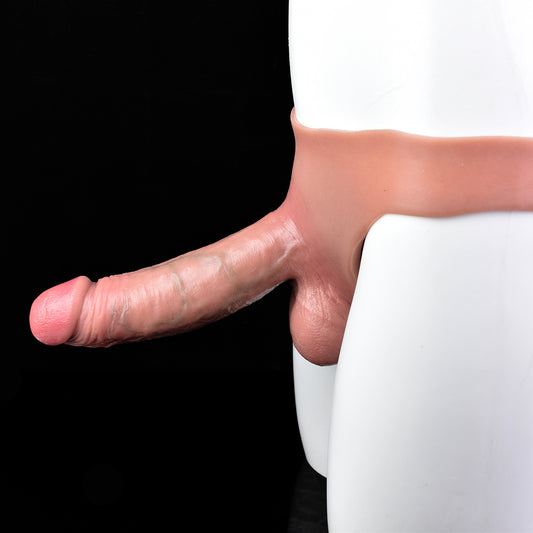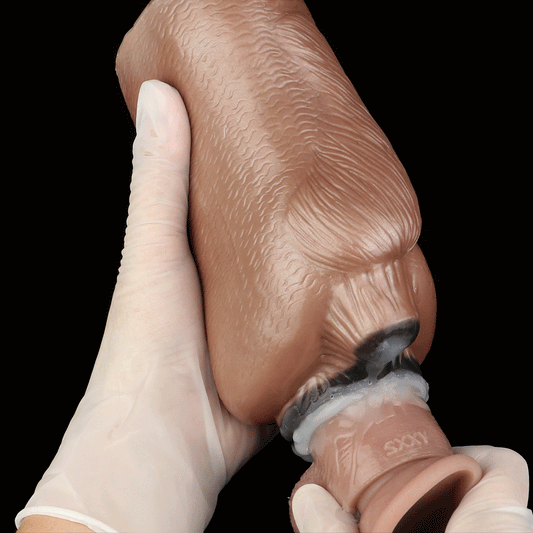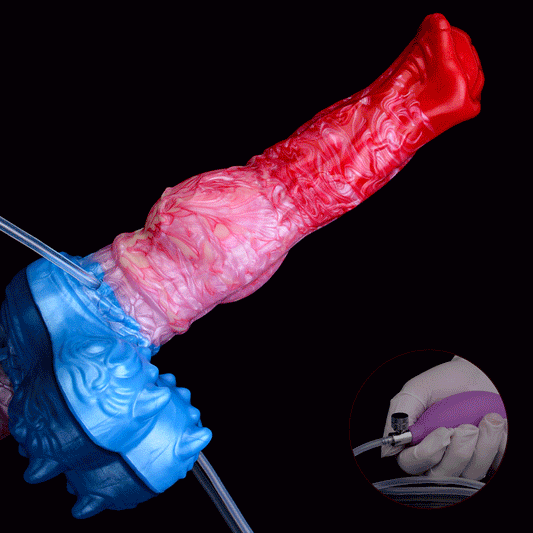Origins of the Kinsey Scale

pictured comes from kinsey institute.
The Kinsey Scale is a tool developed by American sexologist Alfred Kinsey in the mid-20th century to measure an individual's sexual orientation. It offers a nuanced understanding of human sexuality, acknowledging that it exists on a spectrum rather than a binary categorization of heterosexual or homosexual.
Alfred Kinsey, a pioneer in the field of sexology, conducted groundbreaking research on human sexuality in the 1940s and 1950s. Through extensive surveys and interviews, Kinsey and his team collected data on individuals' sexual behaviors, fantasies, and attractions.
The Seven-Point Scale
The Kinsey Scale categorizes individuals into seven points:
- Exclusively heterosexual: Individuals who are solely attracted to members of the opposite sex.
- Predominantly heterosexual, but incidentally homosexual: Individuals who are primarily attracted to the opposite sex but occasionally experience homosexual attractions.
- Equally heterosexual and homosexual: Individuals who experience relatively equal levels of attraction to both sexes.
- Predominantly homosexual, but incidentally heterosexual: Individuals who are primarily attracted to the same sex but occasionally experience heterosexual attractions.
- Exclusively homosexual: Individuals who are solely attracted to members of the same sex.
- Non-sexual: Individuals who lack sexual attractions or desires.
- Asexual: Individuals who experience little to no sexual attraction to others.
Understanding the Spectrum
The Kinsey Scale recognizes the fluidity and complexity of sexual orientation. It acknowledges that individuals may experience varying degrees of attraction over their lifetimes and that sexual orientation can evolve over time.
Dr. Kinsey’s work normalized the fluidity of sexual attraction and same-sex attraction, while also validating the experiences of bisexual people who are attracted to both genders. Both books remained on the New York Times bestseller list for months. Additionally, speaking about sex on a scientific level empowered many people whose sexual attraction remained in the gray area of The Kinsey Scale.
Impact and Legacy
Alfred Kinsey's research revolutionized the understanding of human sexuality, challenging prevailing societal norms and stigma surrounding non-heterosexual orientations. The Kinsey Scale paved the way for more inclusive discussions about sexual diversity and identity.
Embrace Kinsey Scale
The Kinsey Scale remains a fundamental tool in sexology, providing a framework for understanding the diversity of human sexuality. By recognizing the spectrum of sexual orientation, we can foster greater acceptance, tolerance, and appreciation for the richness of human experience.













































